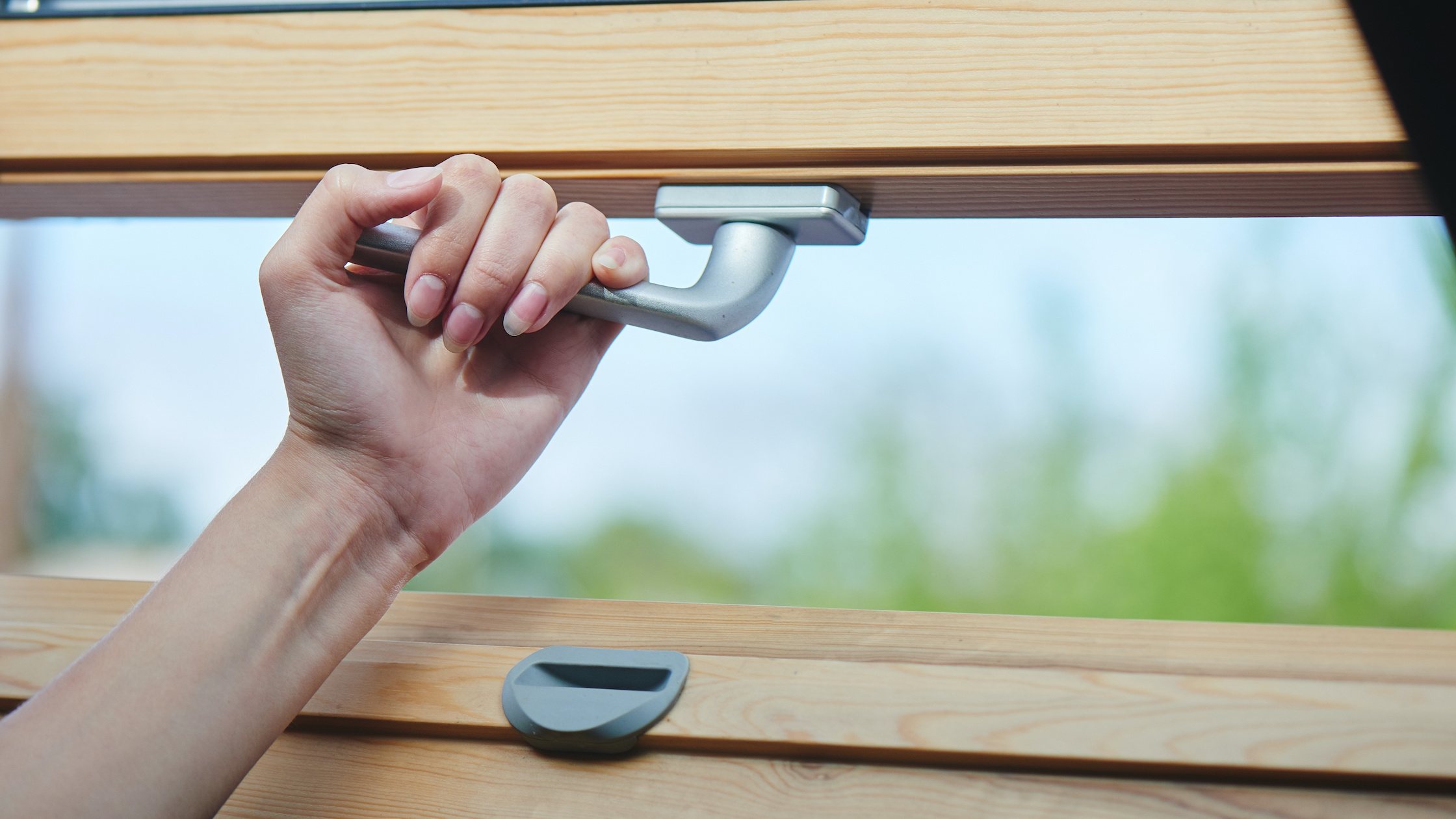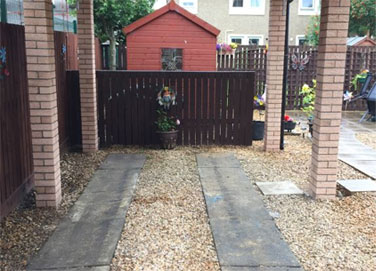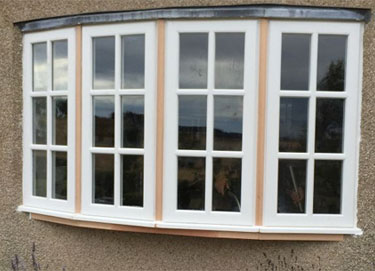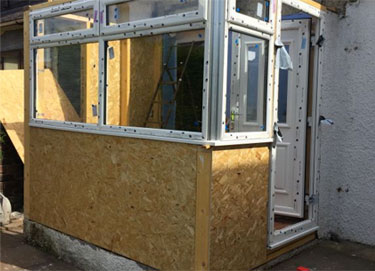Damp proofing is the process of preventing moisture from entering your home. It’s one of the most important things you can do to make your home more comfortable and protect your family from harm. Dampness can cause a lot of problems in your home, including mould growth, structural damage, and respiratory problems.
Damp proofing your home
There are a number of different ways to damp proof your home, but the most common method is to install a damp proof course (DPC). A DPC is a layer of impermeable material that’s installed in the foundation of your home. It prevents moisture from entering through the walls and floor, which can cause damage to your property and create a breeding ground for mould and other harmful organisms. If you’re not sure whether or not your home needs a DPC, you can have a professional damp proofing contractor assess your property.
What else can I do?
Othe than using the traditional methods of damp proofing, there are other things you can do to keep your home dry and comfortable. Here are 8 tips you can try.
Tip #1: Get a dehumidifier
A dehumidifier is a great way to keep your home dry and free of moisture. Dehumidifiers suck the moisture out of the air, which helps to prevent mould growth and other water-related problems.
Tip #2: Ventilate your home
Ventilation is key when it comes to preventing dampness in your home. Make sure that you have adequate ventilation in all your rooms, and especially in the bathrooms and kitchen. If you can, leave the windows open every now and then to allow fresh air to circulate.
Tip #3: Inspect your roof and gutters
It’s important to inspect your roof and gutters regularly to make sure that they are functioning properly and that there is no water damage. If you find any leaks or damage, repair them as soon as possible. Leaky roofs and gutters are one of the main causes of dampness in homes.
Tip #4: Clean your gutters regularly
Cleaning your gutters is another way to damp proof your home. Gutters can easily become clogged with leaves and other debris, which can lead to water backup and dampness. Make sure to clean your gutters at least once a month to keep them clear.
Tip #5: Install gutter guards
Gutter guards are a great way to keep your gutters clear of debris and stop them from becoming clogged. Gutter guards help to keep your gutters functioning properly, which helps to prevent water backup and dampness.
Tip #6: Check your caulking and sealant
It’s important to check your caulking and sealant regularly to make sure that it is still in good condition. If you find any cracks or holes, repair them as soon as possible. Damaged caulking and sealant can allow moisture to enter the home, which can lead to dampness.
Tip #7: Inspect your basement
If you have a basement, it’s important to inspect it regularly for signs of water damage. If you find any leaks or water damage, repair them immediately. A wet basement is a common cause of dampness in homes.
Tip #8: Insulate your home properly
If your home isn’t properly insulated, it can be susceptible to moisture and cold air infiltration.
LC Joinery, Roofing and Building Work are experienced in dealing with problems caused by damp. All our surveyors are fully trained and professionally qualified to damp proof your home around Fife and Central Scotland.
All our work is guaranteed. We are a member of the Guild of Master Craftsmen, the Federation of Master Builders, the Construction Skills Certificate Scheme, and a Which? Trusted Trader and a licensed asbestos removal contractor. Take a look at our portfolio here.
Call LC Joinery at 01592 747 047 or email us at info@lcjoineryroofing.co.uk.






